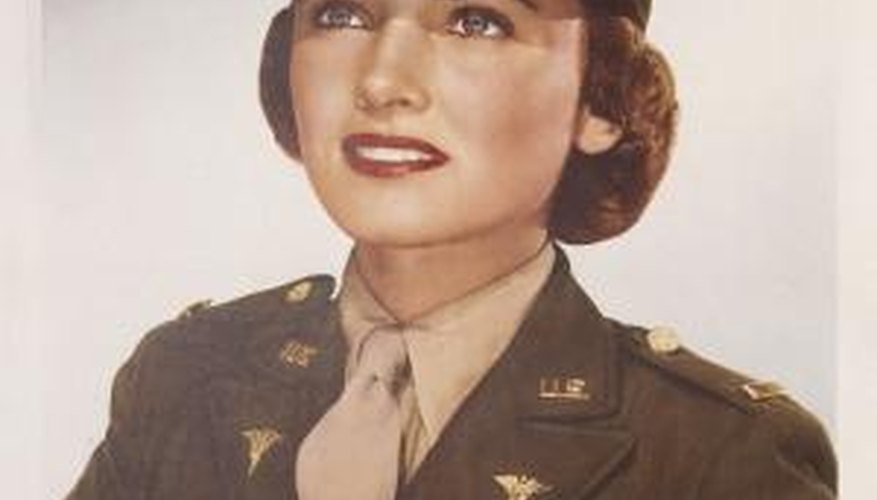A poster should be designed to catch your eye and convey one simple message, usually about an event or some kind of public notice. You can make an excellent poster using the special effects and other features found in GIMP, a free open-source image editing and graphics software program.
Decide what your poster will say and what the main image will be. The best posters have one simple message that is large and expressed with few words. If you have more information to include, carve out an area for extra text near the bottom. With the image, the idea is similar; use a powerful main image rather than several smaller images.
Choose a colour scheme. Even if you use a full-colour photo, you need to pick colours for the text, background, border and possibly other elements. The best posters have a unified colour scheme. Choose two main colours that contrast each other, and then choose some lighter and darker shades of each. Depending on your design, you may pick one other bright colour to highlight an important element.
- A poster should be designed to catch your eye and convey one simple message, usually about an event or some kind of public notice.
- Even if you use a full-colour photo, you need to pick colours for the text, background, border and possibly other elements.
Choose a font or fonts. Fonts set a mood, so the choice is an important. A poster is the perfect opportunity to use an unusual font. Font websites often categorise fonts for the image they portray, which can be western, horror, retro or modern. You can communicate a time period such as medieval or old English or the 1950s or 60s, or a location, such as Ireland or Arabia. You can give your poster a youthful and urban look by using fonts that resemble graffiti or that have a "grunge" look to them. If you have more text than just a main headline, it's best to choose a companion font that is readable for the smaller text or information such as date, time or location.
- Fonts set a mood, so the choice is an important.
- If you have more text than just a main headline, it's best to choose a companion font that is readable for the smaller text or information such as date, time or location.
Create a new image in GIMP by clicking on the "File" menu and selecting "New."
Add and arrange the main elements of the poster. Make a new layer for each element by clicking on the "New Layer" icon in the Layers dock, or by copying items from other files and clicking on "Paste as New Layer" in the "Edit" menu. Having each element on a separate layer allows you to move them around independently of each other and apply special effects to each one separately. If you want to apply an effect to the entire poster, such as adding a texture or colorizing it, save this for last and merge the layers before you do it.
- Create a new image in GIMP by clicking on the "File" menu and selecting "New."
- If you want to apply an effect to the entire poster, such as adding a texture or colorizing it, save this for last and merge the layers before you do it.
Type in the text. Again, each section of text should be on its own layer. Click on the text tool and select a colour and font. Click on the poster image in the approximate location where the text will go. Type the text in the text box and preview what it will look like. You can adjust the size and change the font if you want. If you find that a line of text is too wide for your poster, make it smaller, change the font, or hit "Enter" in the middle to break the text into more than one line.
Add some finishing touches or special effects. Options for effects are numerous and beyond the scope of this tutorial. Search the Internet for "GIMP tutorials" along with the type of effect you want, such as "add texture," "colorize," "gradient" or "blend layers." Interesting effects will make your poster stand out.
Save the file in the XCF file format that is the native file format for GIMP. If you need to edit the poster later, use this file. But unless you are printing the poster right from your computer, or if your printer accepts XCF files, you will probably also need to save it again as a JPG or PNG or PDF file. Check with your printer for information about saving files in a format that is best for them.
- Add some finishing touches or special effects.
- But unless you are printing the poster right from your computer, or if your printer accepts XCF files, you will probably also need to save it again as a JPG or PNG or PDF file.
